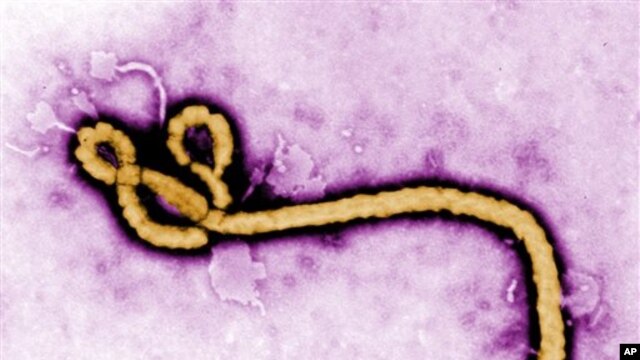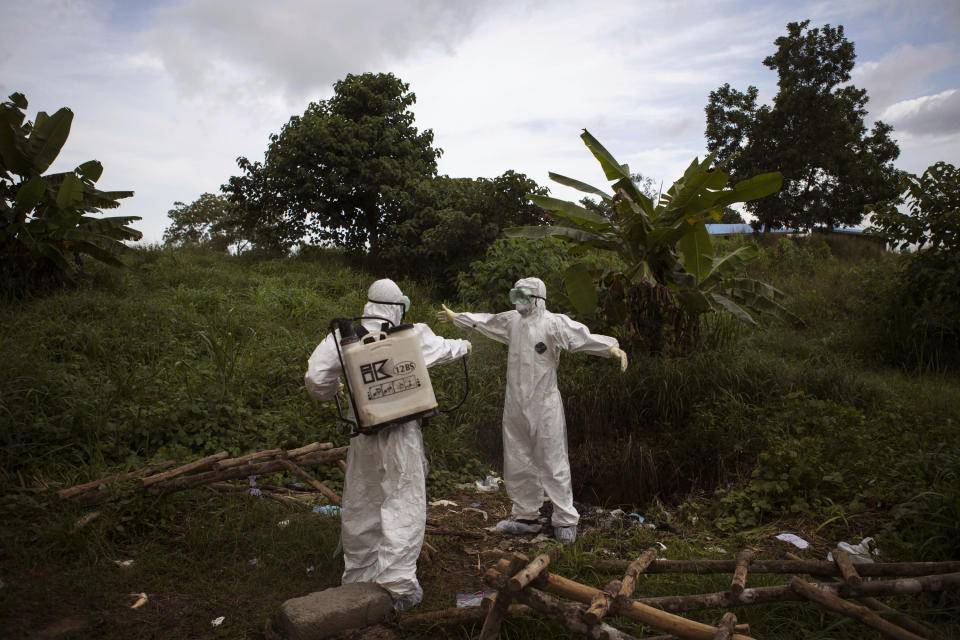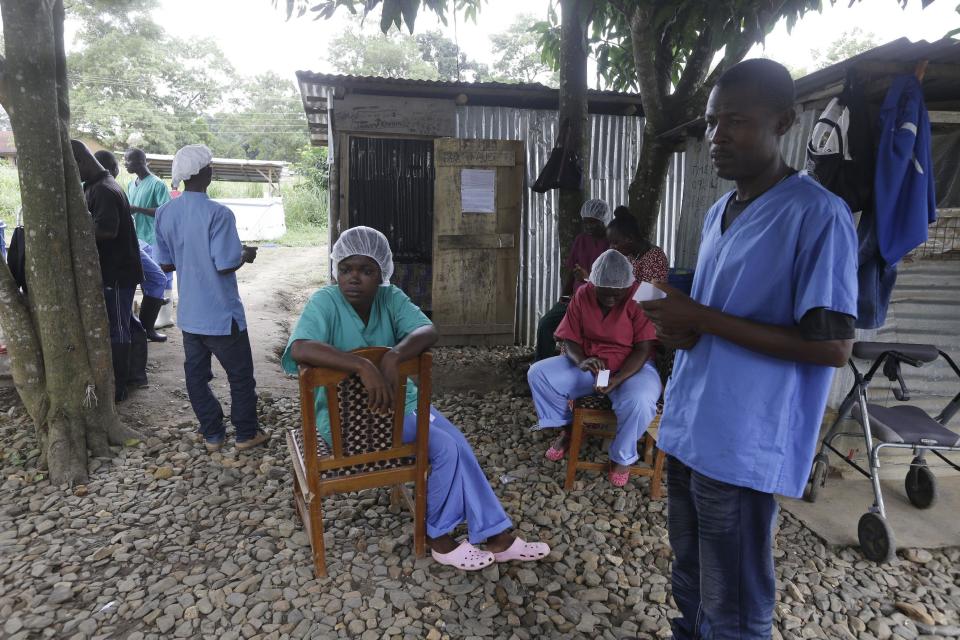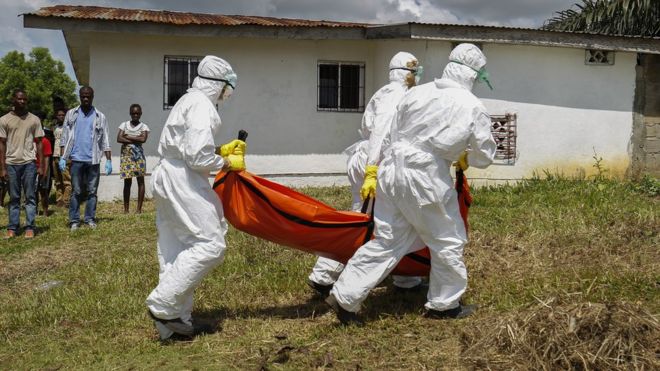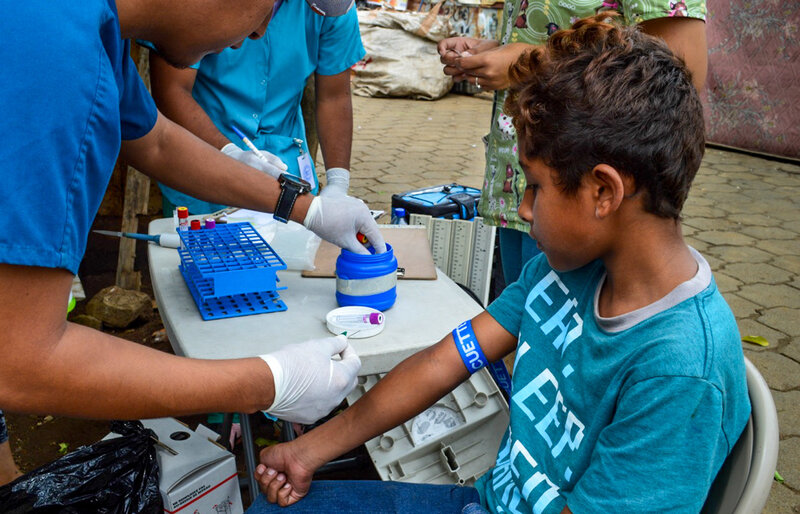John Marston
Senior Member
Kansas hospital monitoring patient for possible Ebola infection.
The University of Kansas Hospital said on Friday it was monitoring a patient for a possible Ebola infection after he returned from the West African nation of Sierra Leone and developed a fever.
Kansas hospital monitoring patient for possible Ebola infection Reuters
Wow, I have already forgotten what Ebola is. Have you noticed how sudden it disappeared from the news?
What about Ebola today?
The latest figures, compiled by the World Health Organization, show that Ebola has infected 26,933 persons, mainly in Guinea, Sierra Leone and Liberia, and of those, 11,120 have died.
The death rate, though horrific, turns out to be far less than the 95 percent predicted in the first dispatches out of Africa.
Ebola never made the jump to the developed nations, as the doom-criers suggested it would. We’re still not all dead.
The University of Kansas Hospital said on Friday it was monitoring a patient for a possible Ebola infection after he returned from the West African nation of Sierra Leone and developed a fever.
Kansas hospital monitoring patient for possible Ebola infection Reuters
Wow, I have already forgotten what Ebola is. Have you noticed how sudden it disappeared from the news?
What about Ebola today?
The latest figures, compiled by the World Health Organization, show that Ebola has infected 26,933 persons, mainly in Guinea, Sierra Leone and Liberia, and of those, 11,120 have died.
The death rate, though horrific, turns out to be far less than the 95 percent predicted in the first dispatches out of Africa.
Ebola never made the jump to the developed nations, as the doom-criers suggested it would. We’re still not all dead.


